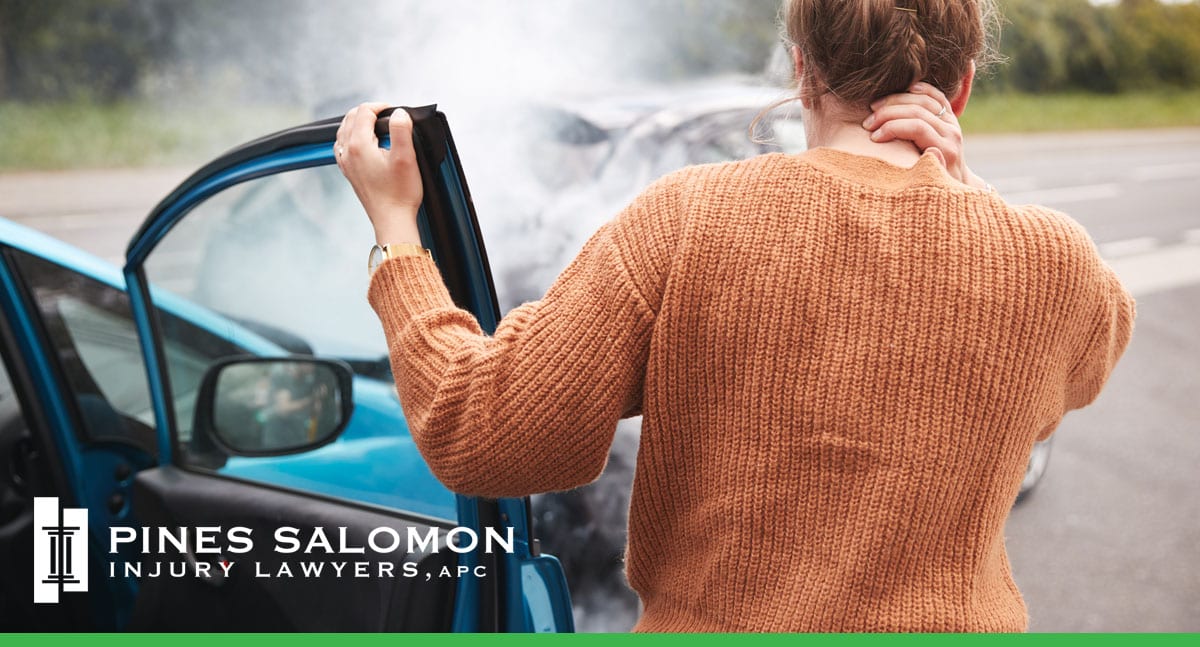In
interesting take, and I’m not 100 percent saying your wrong. But really what you need is better driver attention tracking. Then you can deliver level 2 at a high quality level and insure the driver is paying attention.
Driver monitoring is useful at preventing willful driver inattention like texting while driving, doing makeup, etc. If done well it can also help prevent drivers from falling asleep on the highway.
Driver monitoring won't help much to prevent erosion of driver skill, and subconscious inattention like day dreaming.
Being able to drive safe is really about maintaining situational awareness, and I fail to see how a significant percentage of us could manage that over a long time while we're not in control of the task of driving itself. We also live in the time of attention deficit disorder where a pretty substantial part of our population is can't even maintain their undivided attention on a teams call let alone the task of monitoring an L2 vehicle while traveling through a busy city.
There is ample scientific evidence to back this up, and this is why the easiest way to ask if there is a pilot in the room is to talk about humans overseeing automated tasks.

Now just because its dangerous doesn't mean we shouldn't do it, but that we should recognize the danger as it will happen.
The biggest problem I see is liability as L2 manufactures aren't forced to improve their L2 solution if human drivers take all the blame, and its the humans insurance company that has to foot the bill.
Tesla insurance might be the solution to this as it forces Tesla to improve their FSD system to reduce the cost of insurance.
I wouldn't be the least bit surprised if I didn't end up having to switch to Tesla insurance as FSD Beta got to a point where I could get at all comfortable with it. I haven't been comfortable with an L2 system so far at all. They've all had some fault that was clearly evident after a half dozen or so 400 mile trips.




